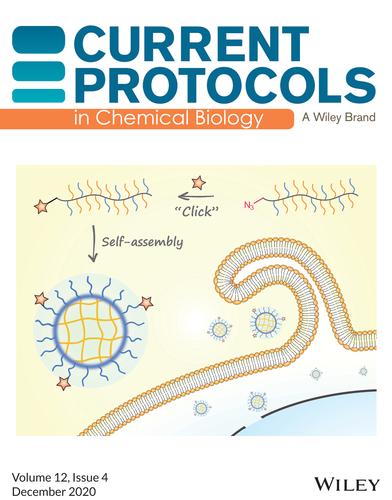问题信息
Q3 Biochemistry, Genetics and Molecular Biology
引用次数: 0
摘要
简介:可逆加成-碎片链转移(RAFT)聚合是一种可控的自由基聚合过程,可以产生具有可控分子量和低分散性的合成聚合物。这些RAFT聚合物可以方便地调整为多功能性,以满足材料科学的广泛需求,包括用于治疗的载体和用于组织工程的人工细胞外基质。参见Jiang等人(http://doi.org/10.1002/cpch.85)。本文章由计算机程序翻译,如有差异,请以英文原文为准。

Issue Information
Cover: Reversible addition-fragmentation chain-transfer (RAFT) polymerization is a controlled radical polymerization process that generates synthetic polymers with controllable molecular weight with low dispersity These RAFT polymers can be conveniently tuned with a versatility that matches the broad needs of materials science including carriers for therapeutic and artificial extracellular matrices for tissue engineering. See Jiang et al. (http://doi.org/10.1002/cpch.85).
求助全文
通过发布文献求助,成功后即可免费获取论文全文。
去求助
来源期刊

Current protocols in chemical biology
Biochemistry, Genetics and Molecular Biology-Biophysics
自引率
0.00%
发文量
0
 求助内容:
求助内容: 应助结果提醒方式:
应助结果提醒方式:


